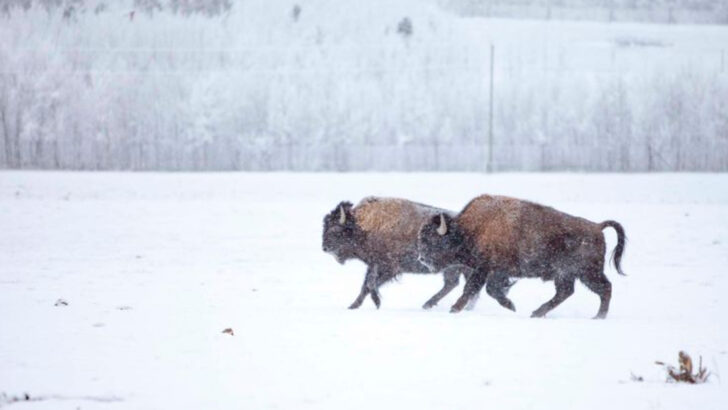Freeze them solid—and they still won’t die. Some animals have found a way to laugh in the face of winter. While most creatures flee, hibernate, or freeze to death, these 12 animals do the unthinkable: They turn into ice blocks… and come back to life when the temperatures rise. We’re talking frogs with frozen hearts, insects that shatter like glass, and tiny bears that nap through snowstorms like it’s nothing. No heartbeat. No breath. Just a frozen body waiting for spring. It sounds like something out of science fiction, but it’s pure wild biology. These survival masters don’t just endure winter—they own it.
Wood Frog
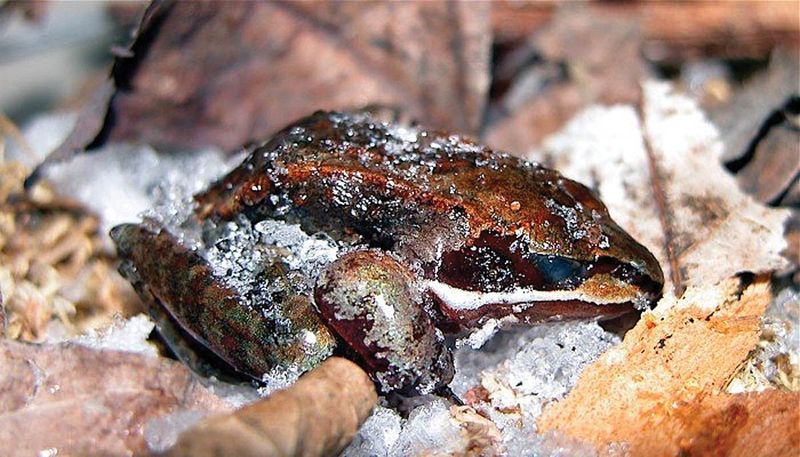
A truly astonishing creature, the wood frog can survive even as ice crystals form in its body. During winter, it freezes about 65% of its body water, allowing it to endure the cold.
A natural antifreeze, glucose, protects its vital organs. When spring arrives, it thaws and resumes its lively croaking chorus.
Did you know? This frog’s freeze tolerance has made it a subject of scientific study, offering insights into preserving human organs for transplantation.
Painted Turtle Hatchlings
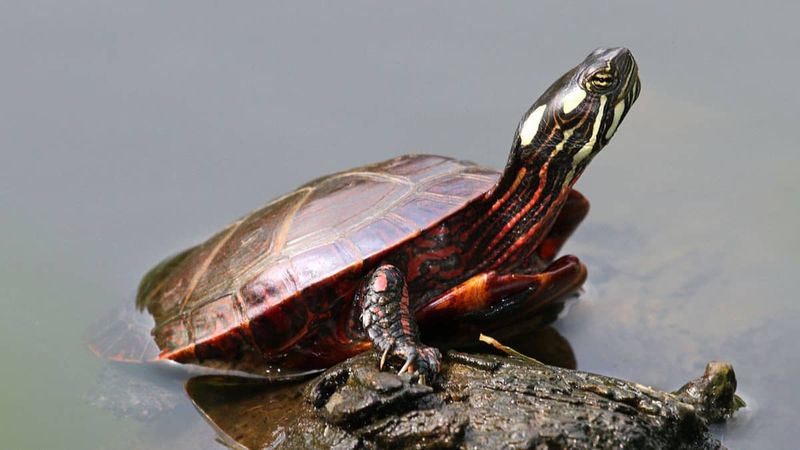
Painted turtle hatchlings brave the winter by freezing solid in their nests. Their blood’s natural antifreeze properties prevent ice from forming in their cells.
This adaptation ensures their survival through harsh conditions until warmer weather.
Interestingly, while their bodies freeze, their hearts continue to beat slowly, preparing them for their springtime revival.
Woolly Bear Caterpillar
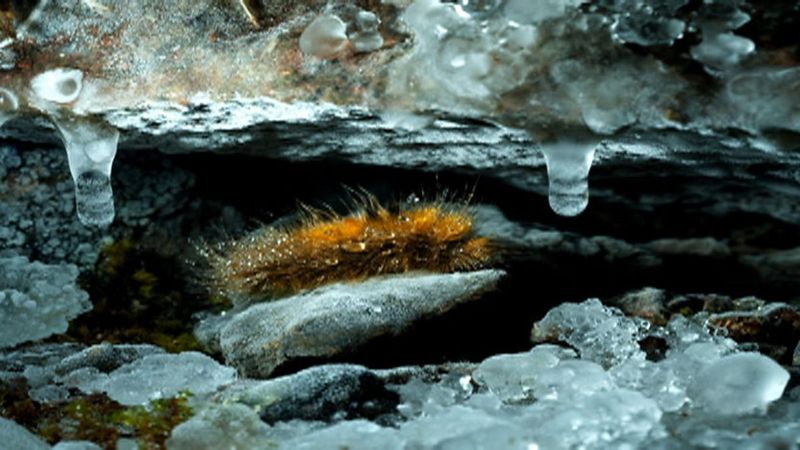
The woolly bear caterpillar is a master of patience. It freezes during winter, entering a state of suspended animation.
Its body produces a cryoprotectant that prevents ice crystal formation in its tissues.
Spring heralds its thawing and transformation into the Isabella tiger moth, illustrating the wonder of life cycles.
Red Flat Bark Beetle
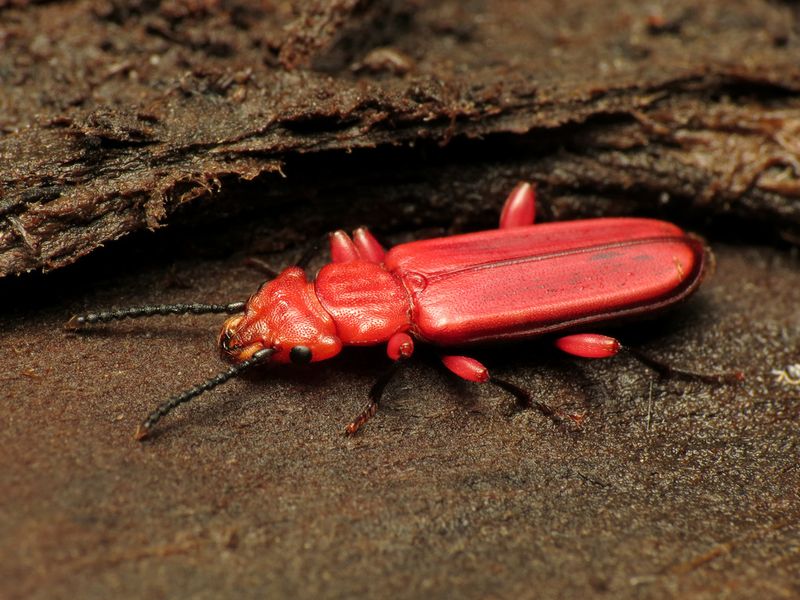
The red flat bark beetle survives the cold by flattening its body against tree bark, which helps it withstand freezing temperatures. Its body fluids contain antifreeze proteins that protect its cells from ice damage.
This remarkable survival technique allows it to thrive in frigid environments.
As temperatures rise, it awakens, continuing its life cycle in the warming forest.
Goldenrod Gall Fly Larva

The goldenrod gall fly larva takes shelter inside a plant gall, freezing solid through winter. Its body’s antifreeze compounds prevent damage from ice.
Once spring arrives, it thaws, completing its metamorphosis into an adult fly.
This adaptation highlights its incredible resilience and ability to exploit a unique ecological niche.
Springtail
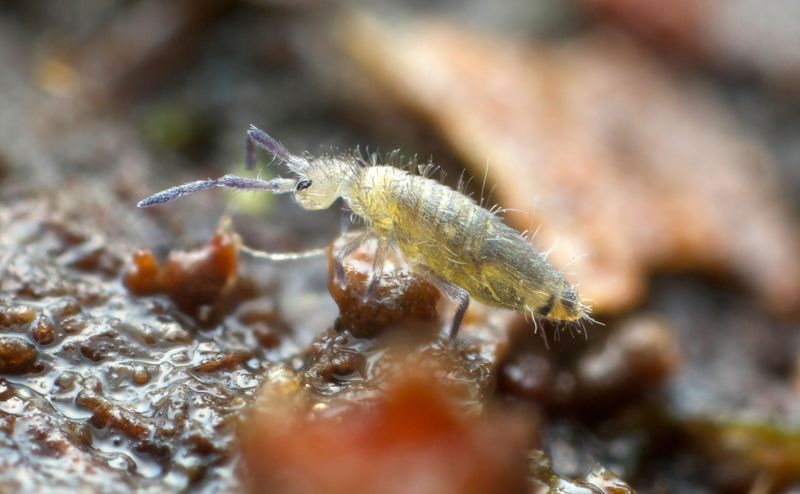
Springtails are tiny, enigmatic creatures. Many species can survive freezing by producing antifreeze proteins, allowing them to thrive in cold environments.
Even when encased in ice, their metabolic processes slow, awaiting the warmth of spring.
With the thaw, they reawaken, contributing to the soil’s ecology by breaking down organic matter.
Box Turtle

Box turtles hibernate to survive harsh winters, burrowing into the ground or leaf litter. Their body fluids resist freezing, protecting their organs.
Although they appear lifeless, they patiently wait for spring’s warmth.
This tenacity allows them to emerge, foraging and basking in the sun’s rays once more.
Upis Beetle
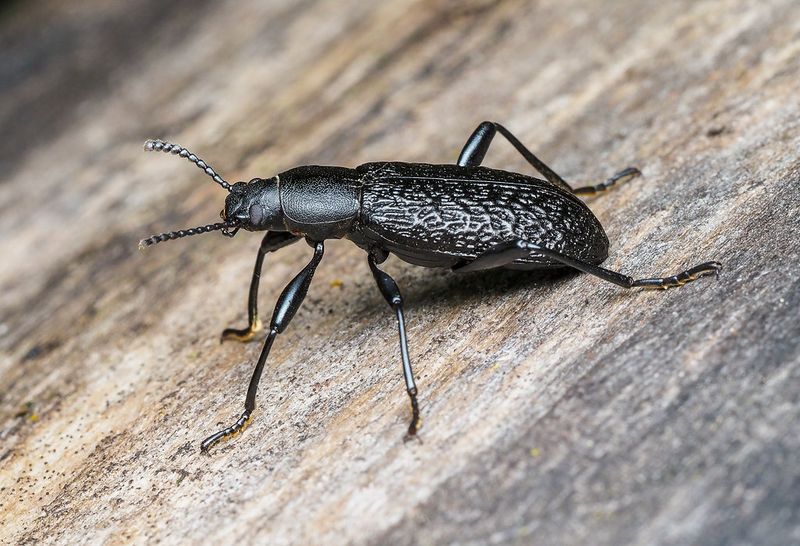
The Upis beetle thrives in the extreme cold of Alaska. It produces xylomannan, a unique antifreeze that allows it to endure sub-zero temperatures.
Remarkably, it can withstand being frozen solid, only to revive as temperatures rise.
This incredible adaptation ensures its survival and continuity in a harsh climate.
Wood Bison
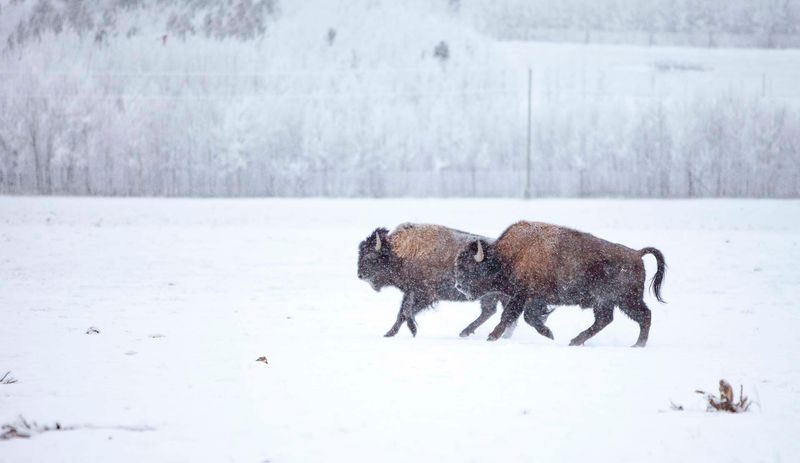
Wood bison survive the harsh winters by foraging through snow for food. Unlike many on this list, they don’t freeze but endure freezing conditions with thick fur and fat reserves.
Their remarkable endurance allows them to thrive in the wilds of North America.
As temperatures rise, they roam freely, embodying the resilience of nature.
Alaskan Blackfish
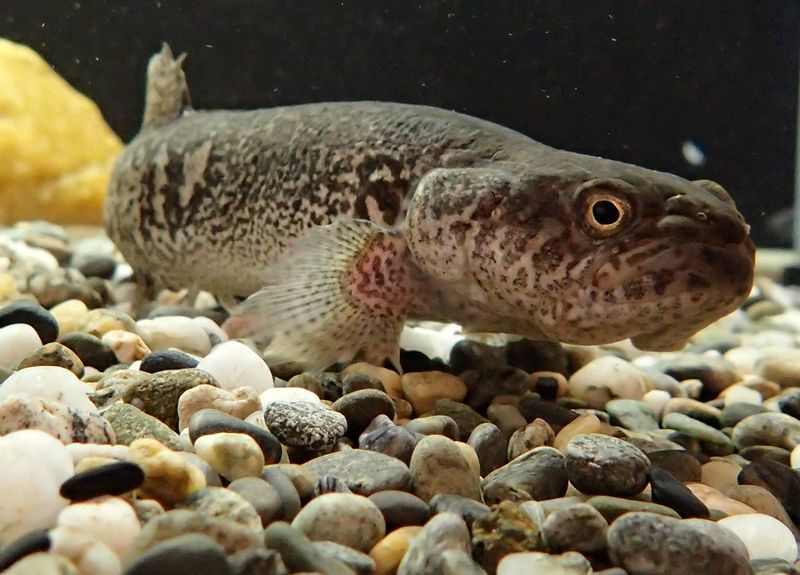
In the frigid waters of Alaska, the Alaskan Blackfish exhibits a unique survival skill. This fish can withstand being frozen, thanks to its special proteins that prevent ice crystals from forming inside its cells.
During icy winters, these fish bury themselves in mud, entering a state of suspended animation. As temperatures rise, they spring back to life, swimming freely once more. Despite its small size, the Alaskan Blackfish’s resilience is a testament to the power of nature.
Interestingly, indigenous communities have long known of this fish’s ability, often sharing stories of its hardiness.
Striped Rocket Frog
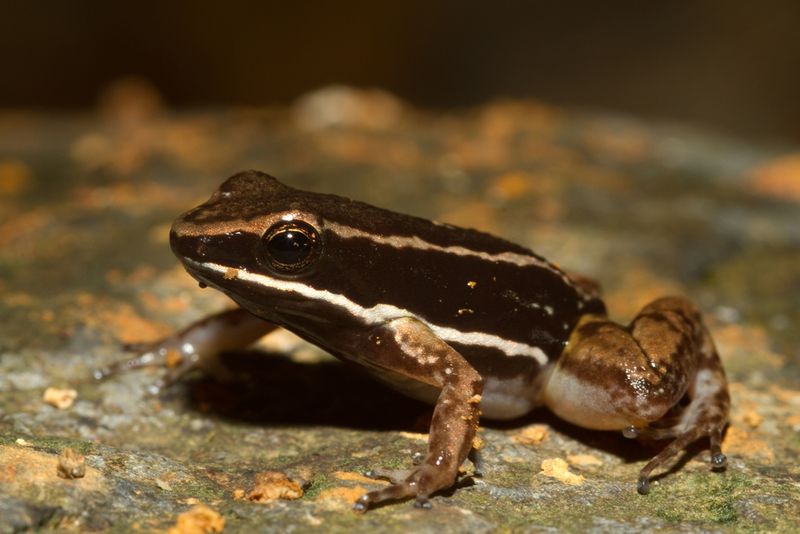
The Striped Rocket Frog can be found in Australia, and its name hints at its impressive leaping abilities. Beyond its terrestrial antics, this frog possesses an incredible survival mechanism.
When faced with freezing temperatures, it can endure being frozen solid. This is made possible by its natural antifreeze compounds. As warmth returns, the frog regains its vitality, ready to hop once more.
This adaptability not only helps the Striped Rocket Frog survive harsh conditions but also keeps it thriving in varying climates. An evolutionary marvel, the frog’s resilience captivates scientists and nature enthusiasts alike.
Weta Insect

Hailing from New Zealand, the Weta is more than just a cricket-like insect. These giant insects are among the few that can survive being frozen.
Wetas can endure sub-zero temperatures by allowing ice to form in their bodies, a process managed without damaging vital tissues. Once the environment thaws, the Weta comes back to life, resuming its daily activities.
This incredible feat of nature showcases the insect’s ability to adapt to changing climates. Known for their robustness, Wetas continue to thrive where many other creatures cannot. New Zealand’s landscapes are richer with their presence.

